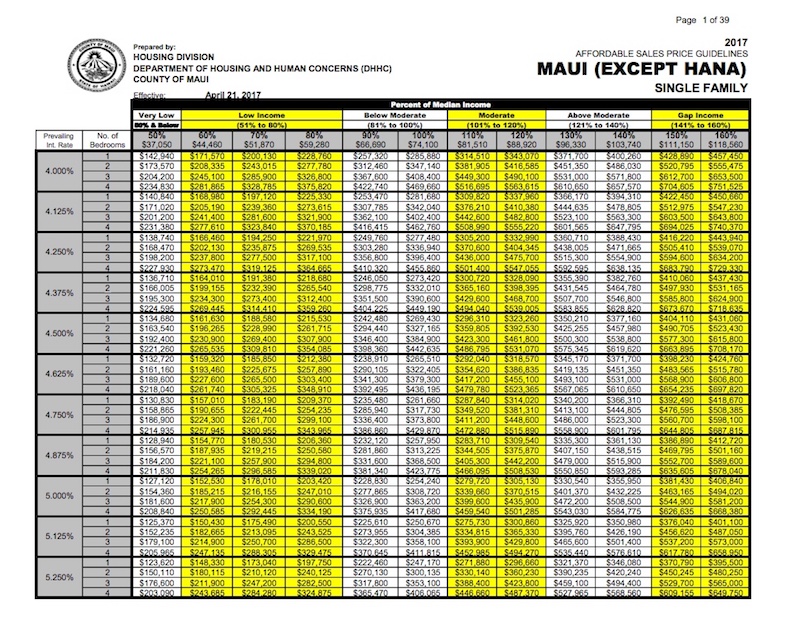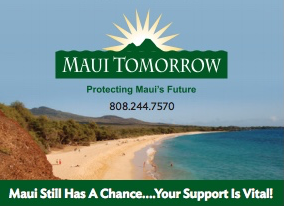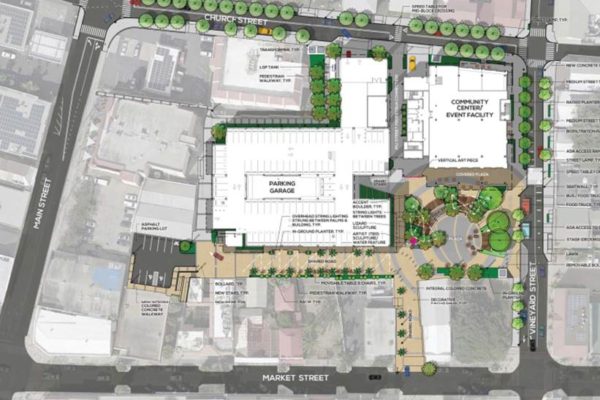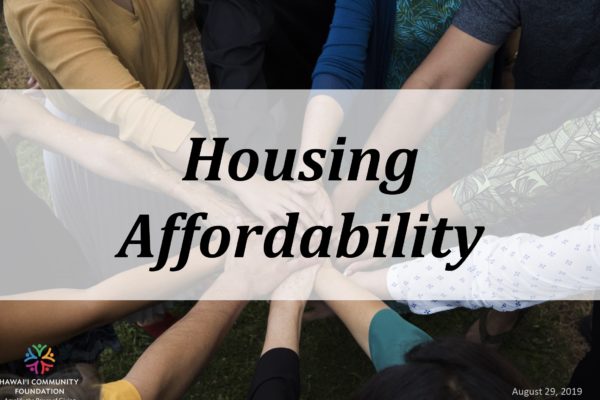Most people on Maui do not want us to become like Oahu, yet our current development pattern and the types of new housing we are building are rapidly eating up our open spaces and leaving local residents with insufficient and inadequate shelter options. How can we reverse these trends while solving our housing crisis?
Maui’s land area is limited. Our infrastructure capacity and ecosystem capacity are not infinite either; we have already exceeded each of them in several locations. Traffic to West Maui often moves at a crawl. Wastewater injection wells are polluting our beautiful ocean waters and degrading our reefs in Lahaina, Kihei and Kahului. We need to prioritize infrastructure availability for truly affordable housing for working families, because we have fallen so far behind in that area.
In addition, there are thousands of illegal transient vacation rentals that drive up the cost of housing for local people. Addressing this problem should be a very high priority, because – unlike new homes that need to go through the permitting process, these units are already built. Returning them to the long-term housing market will yield immediate benefits.
It is clear that the market has not provided a solution to our affordable housing crisis, and will not do so. Maui’s visitor industry attracts people from around the world, and many of these visitors decide that they want to buy a first or second home here; this bids up the price of housing.
There are 12 million millionaires on this planet. Mauiʻs working families cannot compete against wealthier outsiders for housing. Since 2008, 52 percent of homes in Maui County have been purchased by non-residents (mainlanders and foreign buyers). The true percentage is likely even higher, as this figure does not even count houses purchases by Hawaii corporations that are owned by foreign nationals.
What does “affordable” mean? It’s different for different people. However, the target group for Maui County’s Residential Workforce Housing Ordinance is families who make between 50 and 140 percent of the $74,100 area median income established by the U.S. Department of Housing and Urban Development. For 2016, this means families whose annual incomes range from $37,050 to $103,740. At prevailing 4 percent mortgage interest rates, the policy provides that a developer of market rate lots, lodging units, time share units, or dwelling units must provide workforce housing equal to only 25 percent of those units. These developments need to be priced as shown in the table below:
2017 Guidelines
(click image to view table full size)
The 25 percent of each project that must be “affordable” is further split into the following categories:
- “Below-moderate income,” which are those households whose gross annual family income is 80 to 100 percent of the area median income as established by HUD, or as adjusted by the department, for Hana, Lanai, and Molokai. 30 percent of the affordable homes must initially be reserved for this income group. Maui Tomorrow refers to these homes as “Truly Affordable.” Unfortunately, under the current workforce housing ordinance, after only 10 years these homes will be able to be sold at market rates, and will no longer be available as affordable housing.
- “Moderate income,” which are those households whose gross annual family income is 100 to 120 percent of the area median income. 50 percent of the affordable homes must initially be reserved for this income group. After only 8 years, these homes will be able to be sold at market rates.
- “Above-moderate income,” which are those households whose gross annual family income is 120 – 140 percent of the area median income. This comprises the remaining 20 percent of the affordable homes that are reserved under the ordinance. After only 5 years, these homes will be able to be sold at market rates.
Reviewing the above categories, only (30 percent of the affordable 25 percent) of the required workforce housing is required to be Truly Affordable. This comes out to only 7.5 percent! Therefore, the remaining 92.5 percent of the homes built are Unaffordable to most working families.
Example:
Residential subdivision = 1,000 homes
25% “affordable” = 250 homes
7.5% Truly Affordable = 75 homes
Remainder: 92.5% Unaffordable = 925 homes
To make matters worse, developers can sell affordable units from each category at higher prices if there are not enough qualified buyers from lower income categories after just 90 days. The amount of Truly Affordable housing that actually reaches the market under our current system can be LESS than 7.5 percent.
There are those who think that the solution lies in exempting affordable housing developments from state and county laws via the Hawaii 201H program. While this statute does require that at least half of the homes built fall into the “affordable” range, many developers have attempted to build these kinds of projects on agricultural land outside of areas identified in our Community Plans. In addition to contributing to sprawl, which increases infrastructure costs, this approach flies in the face of the hundreds of hours and millions of dollars that our community has invested in crafting a preferred future.
So what are we to do? The market solution has clearly failed. If we open the development floodgates, we will be developing mostly unaffordable housing, and becoming more like Oahu. Before we reach the point where we create enough housing supply on Maui to satisfy the millionaires of the world, we will run out of land, and Maui will be changed forever. Since we can’t solve our affordable housing problem by simply increasing the overall supply of housing, we need to think “out of the box.”
Maui Tomorrow works closely with government officials, housing advocates, and housing developers, looking for solutions that will solve the affordable housing crisis without destroying the home that we all love. We are exploring alternative solutions such as affordable housing land trusts, affordable farming land trusts, and having the County use their affordable housing fund to provide infrastructure to 100% affordable housing projects. We continue to push for proactive enforcement of laws against illegal vacation rentals; this would have a huge and immediate impact on housing prices, and would restore the quality of neighborhoods that were never meant to host our visitor industry.
Truly Affordable Housing is a critical issue, and we need your support to help us find good solutions that will keep Maui “No Ka Oi.”




